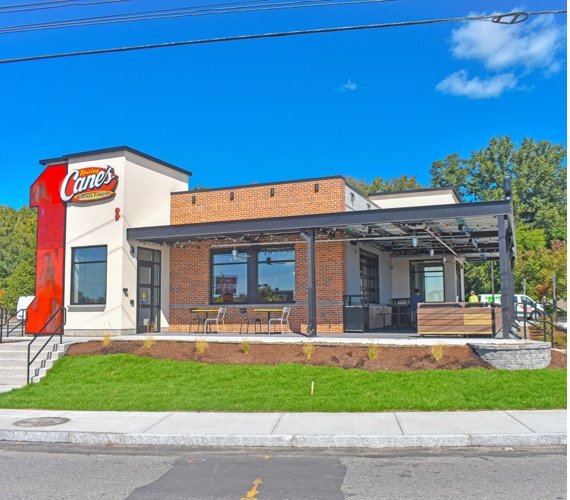News: Retail
Posted: August 23, 2012
Lending and development communities need to create opportunities for R.E. transactions
The difficult economy continues to adversely affect the lending industry. A downturn in 2007/2008, that many expected to last a couple of years, has extended into 2012 and appears to be heading into 2013. As a result, lenders continue to deal with difficult loans, difficult loan workouts, and problem assets.
The lending industry faces a threefold challenge. First, prior mistakes made by many in the lending industry continue to affect the industry today, and have led to the next two challenges: increased regulation, that makes dealing with troubled assets more difficult and time consuming; and a borrowing community now trained to look for and attempt to prove misdeeds by lenders. As a result, the industry is having difficulty processing its troubled loans and moving past the current difficulties toward a new round of lending.
Problems created by the lending industry have been well chronicled: subprime loans, inefficient and sloppy processing of loan assignments and sales. In many cases, lenders have difficulty proving that they hold the paper they intend to foreclose. Other lenders prove leery of moving loans into the "troubled" loan category, and revising their books accordingly. The natural effect of the problem has been that troubled loans remain on the books.
The government has, to be sure, helped troubled lenders with the TARP program, but has also reacted to the poor processing of loans with increased regulation of the foreclosure process. The courts have also injected another layer of review, to ensure that foreclosures are held properly and correctly. Borrowers themselves have become more attuned to the troubles in the industry. In addition, the long run up of successful real estate transactions in the early part of the decade added many new real estate borrowers to the system who were not experienced in the risk involved in developing property. Thus, many borrowers have developed an expectation that lenders should stay with a troubled loan longer than might be prudent. When the lender decides the risk is too great, and moves toward workout, some borrowers immediately allege bad faith.
The difficulty caused by delays in processing troubled loans is most evident in a permitting project. Often, the project goes through years of permitting at the local and state level. Once permits are obtained, they come with an expiration date. The local authorities can become quite frustrated with a hole in the ground, and have no interest in seeing that hole develop into a tax paying asset for the town. Developers miss deadlines and disappoint local officials, who no longer are willing to renew or extend permits. The longer the loan sits, the more likely that a promising project becomes an eyesore, and valuable time, and permits, are lost while the borrower, at best, goes through a restructuring with its lender, or, at worst, a foreclosure.
In the current market, great care should be taken in moving through troubled loans. The increased regulation would not have been as necessary had such care been taken in the past several years. In addition, lenders need to be aware that borrowers are likely to look for any and every action that could be reclassified as a mistake; and any decision that could be characterized as bad faith. Nevertheless, with proper oversight and proper care, loans can move through the system. It is increasingly important to document negotiations, from notes of meetings and phone calls to the drafting of forbearance and settlement agreements, and ultimately, if necessary, the foreclosure process.
Looking forward, the past five years have proven that care should be taken in researching the strength of a borrower and the risk of a loan, before the loan is made. A renewed attention should, and is, being given to documenting loans and loan assignments in the future. With every loan, there should be an expectation that the loan will receive a level of scrutiny. Documentation for every action should be in the file. With the proper documentation, a lender need not be fearful with moving to proceed to process the troubled loan.
Problem loans need to work their way through the system and off the lender's books. A robust industry of buyers of troubled assets now exists and is growing. The next round of developers is looking for opportunities to develop land. In many cases, those opportunities exist, but are stuck in the system.
The market will always create opportunities for real estate transactions, from today's troubled loans, to tomorrow's development opportunities. The challenge for the lending and development communities is to create those opportunities.
Robert Orsi, Esq., is a partner with Orsi, Arone, Rothenberg, Iannuzzi, & Turner, LLP, Needham, Mass.
Tags:
Retail
MORE FROM Retail
Mace of KeyPoint Partners negotiates 36,192 s/f lease for The Picklr at Endicott Square
Danvers, MA KeyPoint Partners (KPP) negotiated a lease with the nation’s premier indoor pickleball venue The Picklr at Endicott Sq. Vice president of retail brokerage Don Mace negotiated the transaction on behalf of the landlord.





.jpg)


.png)